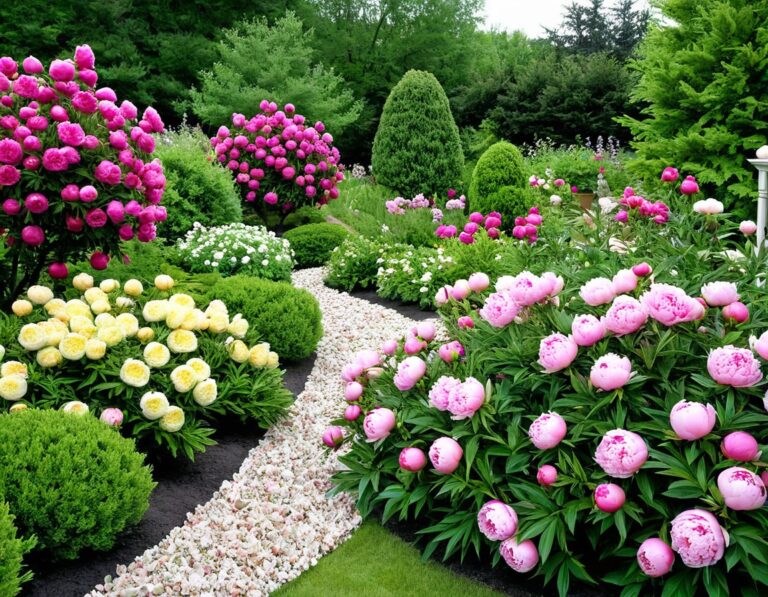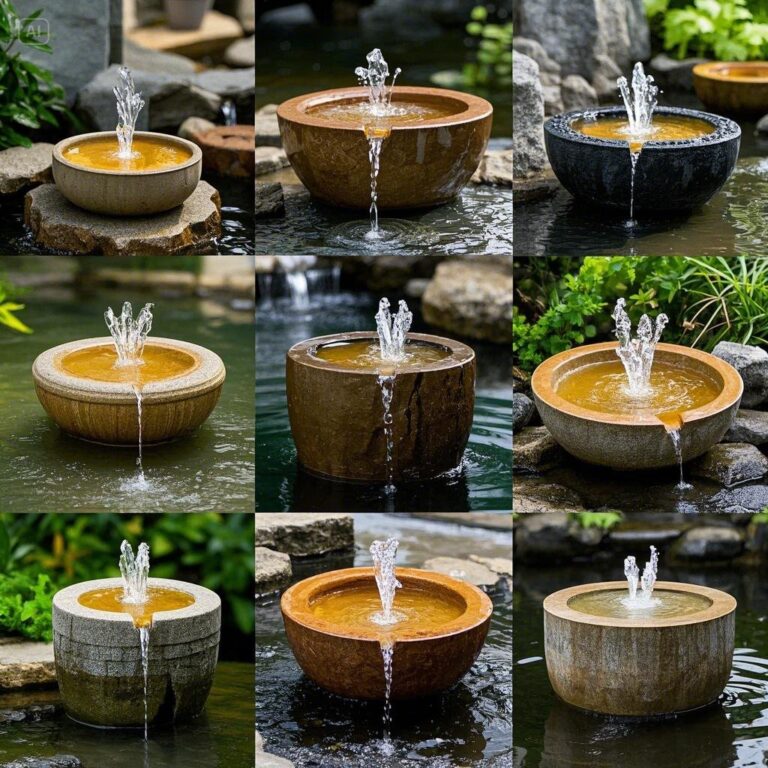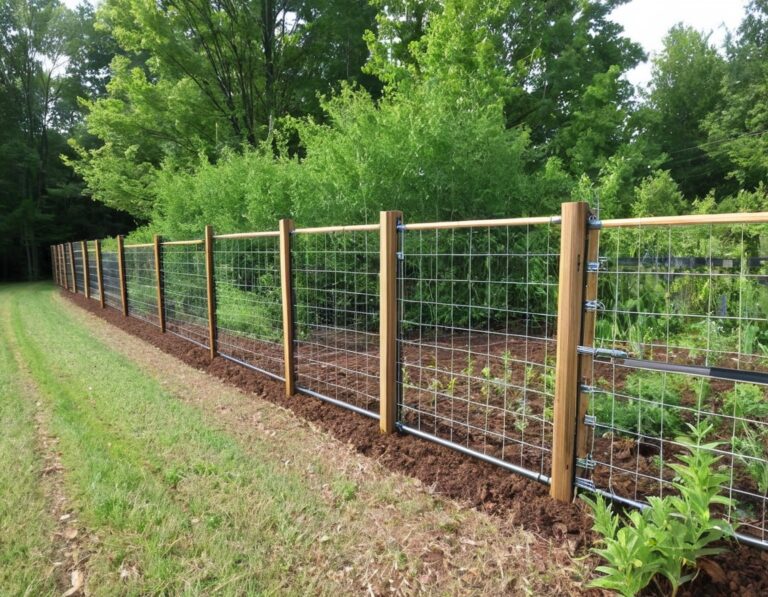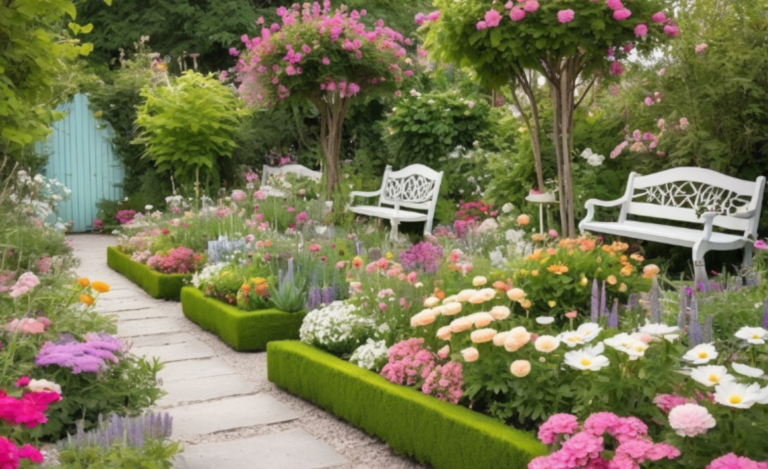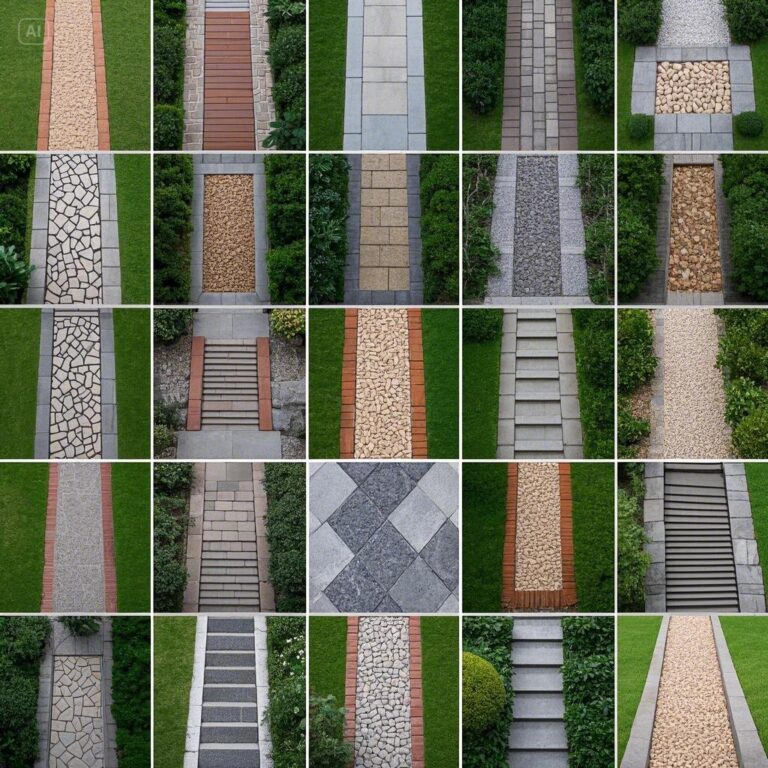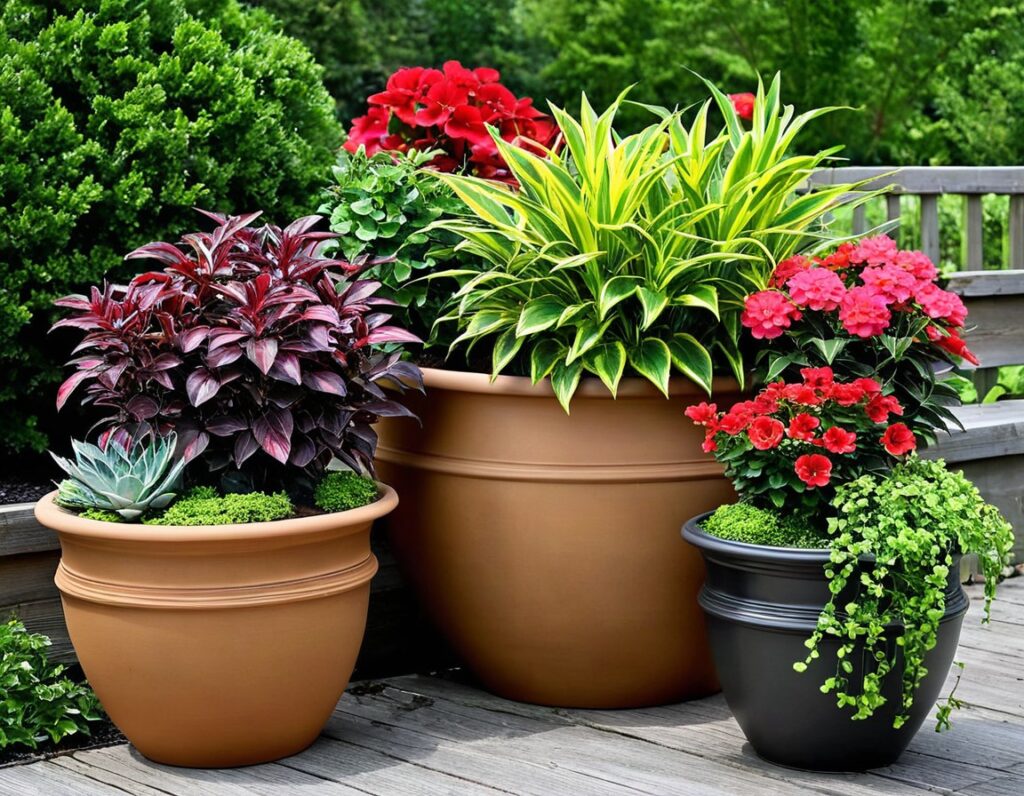
Whether you’re a seasoned gardener or just starting out, finding the right inspiration can be key to creating a beautiful and functional garden.
Container plants offer a versatile and space-efficient way to grow a variety of flowers, vegetables, and other plants.
They allow for experimentation without significant investment and can be tailored to suit your specific climate and care abilities.
In this guide, we’ll explore ten creative container garden ideas to help you decide what to grow and how to get started.
1. Go Big With A Container Plant
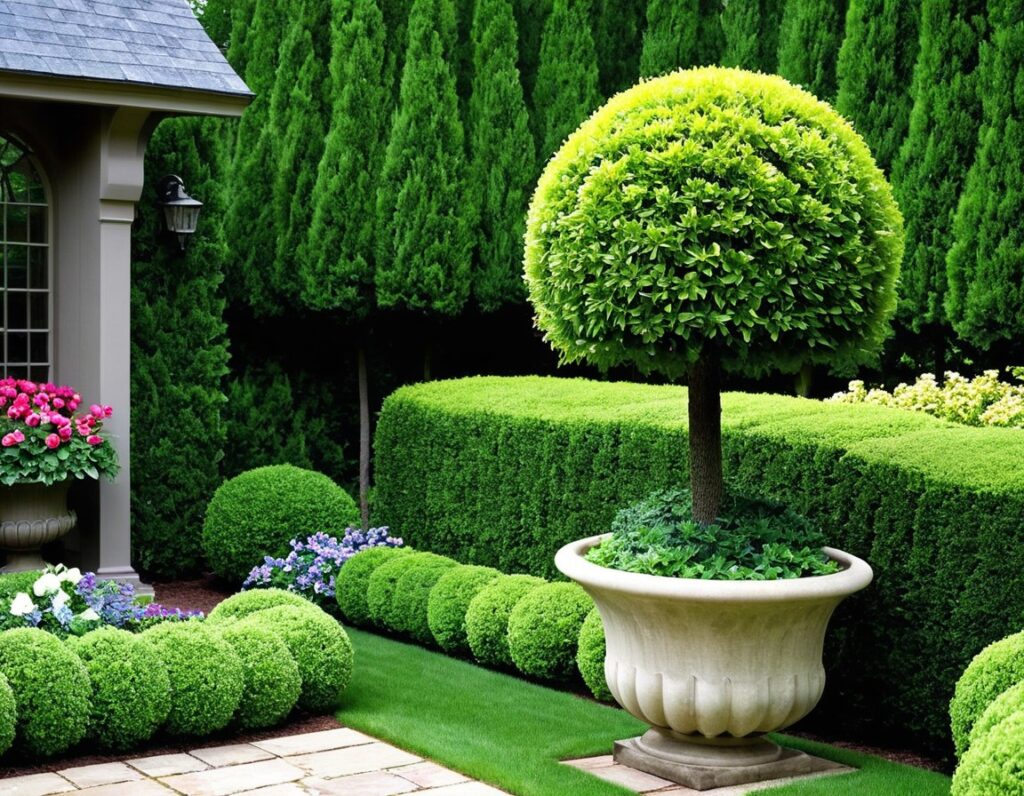
If space is limited in your yard, planting large trees or shrubs can seem daunting. However, with a sufficiently large container, you can still achieve this.
Large container plants are excellent for adding height and making a bold statement in your garden. Classic topiary trees offer a refined look, while tall grasses or flowering shrubs can bring a more relaxed, natural vibe.
Ensure the container is proportionate to the plant’s size to support its root system and growth. This approach not only saves space but also allows for greater flexibility in garden design and placement.
2. Use Plants With Similar Water And Light Requirements
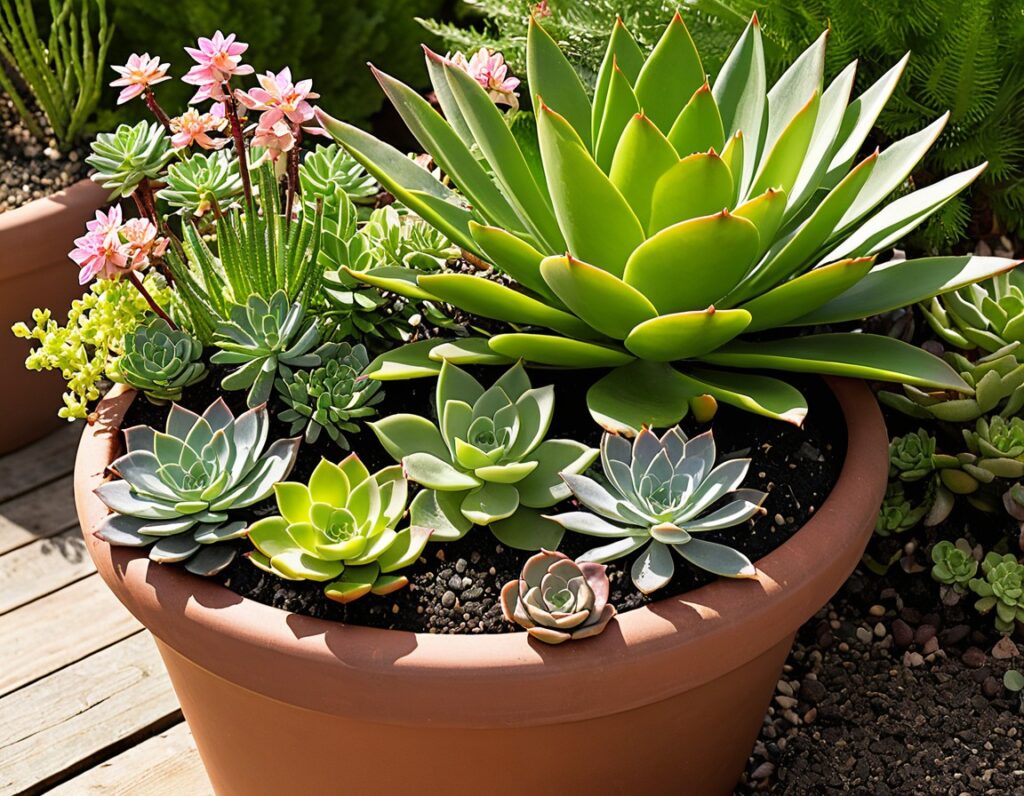
When planting a container garden, it’s crucial to group plants with similar water and light needs together.
This practice helps ensure that all plants within the container thrive, as they receive the appropriate care and conditions.
For example, pairing succulents with other drought-tolerant plants will prevent overwatering issues, while shade-loving plants will flourish together in lower light conditions.
By carefully selecting compatible plants, you create a harmonious and healthy container garden that requires less maintenance and provides optimal growing conditions for each species.
3. Create A Container Garden That’s Easy To Care For
For those new to gardening or looking for low-maintenance options, choosing easy-to-care-for plants is a wise decision.
Consider hardy perennials, drought-resistant succulents, or resilient annuals that can withstand varying conditions.
These plants can be used to fill empty spaces in your yard or to add a splash of color to your front porch or patio.
By selecting plants with similar watering and sunlight needs, you simplify the care process and ensure that all your plants remain healthy and vibrant. This approach makes container gardening accessible and enjoyable, even for beginners.
4. Choose The Right Container For Your Plants
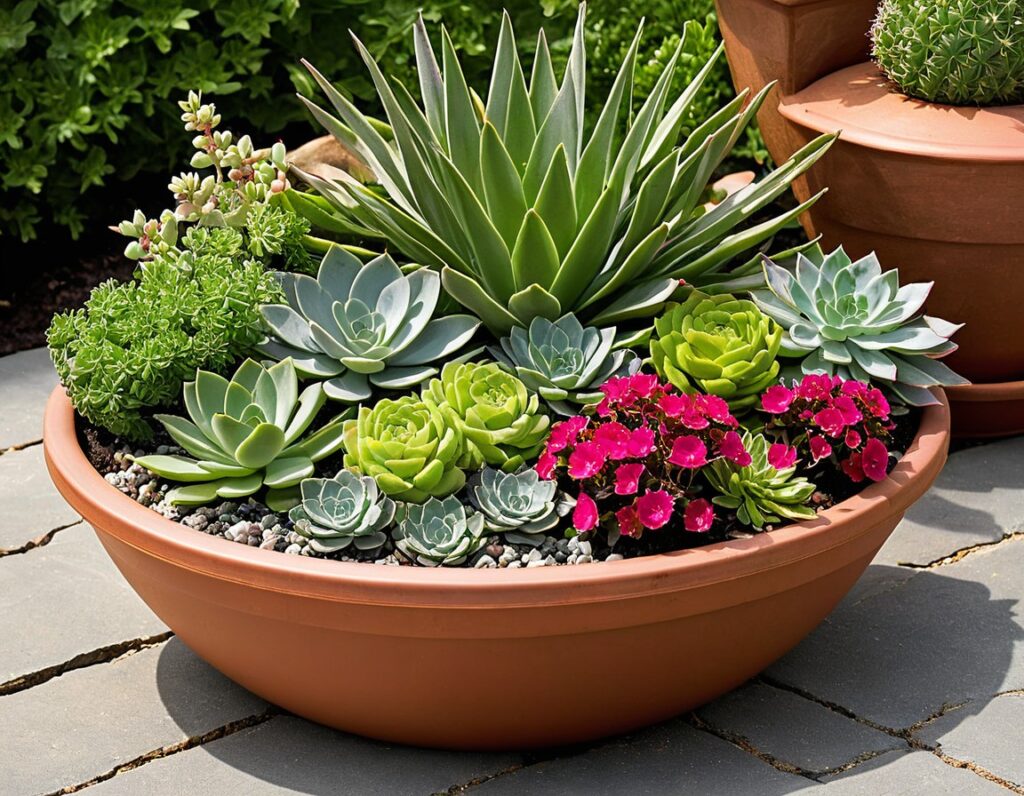
Selecting the appropriate container is as important as choosing the right plants.
The container should be large enough to accommodate the plant’s root system and allow for adequate soil, water, and nutrient retention.
If the container is too small, it will dry out quickly, causing the plants to suffer. Additionally, ensure the container has proper drainage to prevent waterlogging.
When growing multiple plants in a single container, it’s vital to consider their compatibility in terms of water, light, and soil fertility requirements to create a thriving mini-ecosystem.
5. Use Containers To Add Color To Your Garden
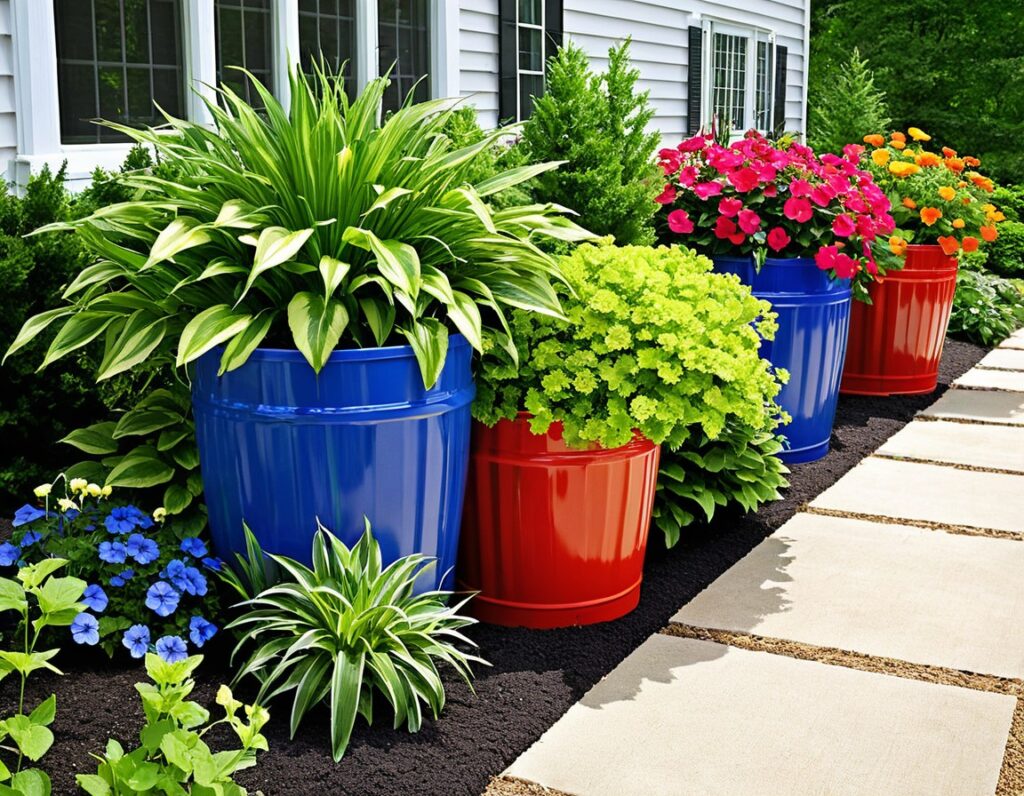
Containers are a fantastic way to introduce vibrant colors into your garden, especially if the existing landscape is predominantly green.
You can achieve this by planting colorful flowers or using brightly colored containers themselves.
For instance, a vivid blue container can provide a striking contrast to green foliage and complement blue-flowered plants, creating a cohesive and eye-catching display.
This technique allows for flexibility in garden design, enabling you to move and rearrange the containers as needed to achieve the desired aesthetic effect.
6. Add Height With Container Plants
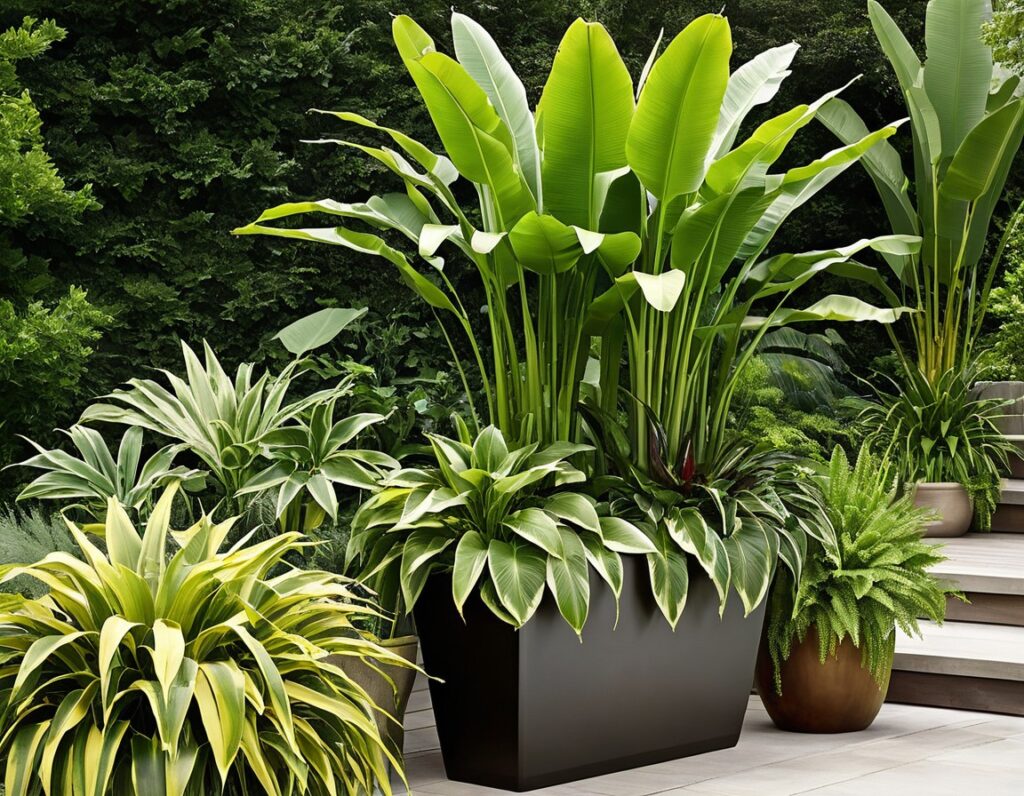
Adding height to your garden design can create visual interest and depth.
Tall container plants, such as banana plants or ornamental grasses, can serve as focal points and break up the uniformity of a garden space.
Position a tall plant in the center or at the back of a container, and surround it with shorter plants to create a balanced and intentional arrangement.
This method not only enhances the overall look of your garden but also maximizes the use of vertical space, making it ideal for smaller gardens or patios.
7. Use Containers To Grow Edibles
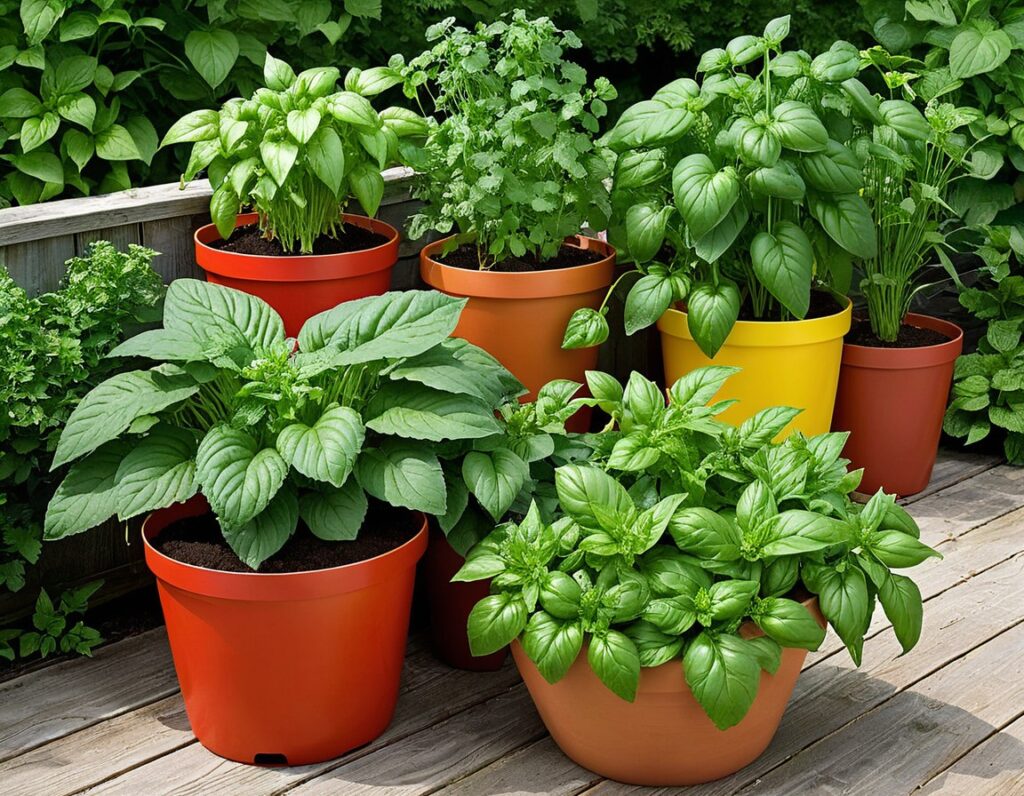
Growing edibles in containers is a practical solution for those with limited space or poor soil conditions.
Many vegetables, fruits, and herbs thrive in containers, including tomatoes, peppers, cucumbers, strawberries, and various herbs like basil and cilantro.
Ensure that the containers are large enough to support the plants’ root systems and provide adequate nutrients and water.
Additionally, support structures may be necessary for vining plants like tomatoes and cucumbers.
Container gardening allows for easy access to fresh produce and can be conveniently placed on decks, patios, or even sunny windowsills.
8. Create A Container Garden That Attracts Pollinators
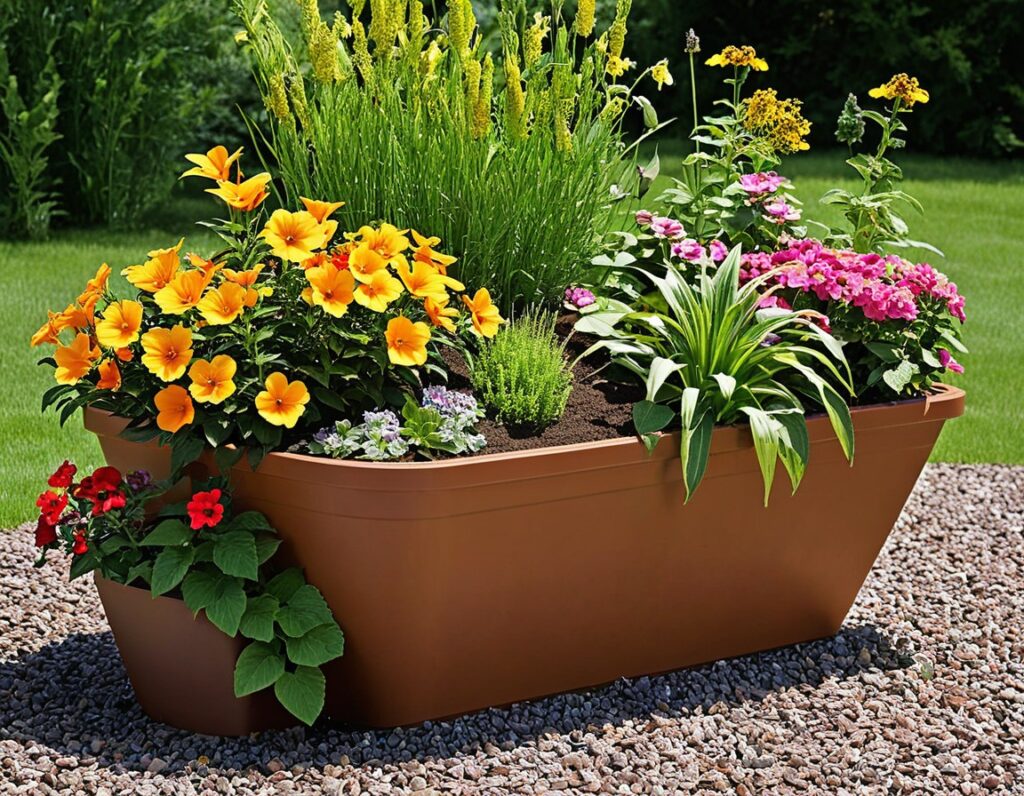
Pollinators, such as bees, butterflies, and hummingbirds, are vital for a healthy garden ecosystem.
By planting a container garden with nectar-rich and pollen-heavy flowers, you can attract and support these essential creatures.
Choose a variety of plants with different colors and shapes to appeal to various pollinators. Adding features like shallow water dishes and perching stones can further enhance your garden’s attractiveness.
This approach not only beautifies your garden but also contributes to the conservation of pollinator populations, which are crucial for plant reproduction and biodiversity.
9. Use Containers To Add Color To Your Front Door
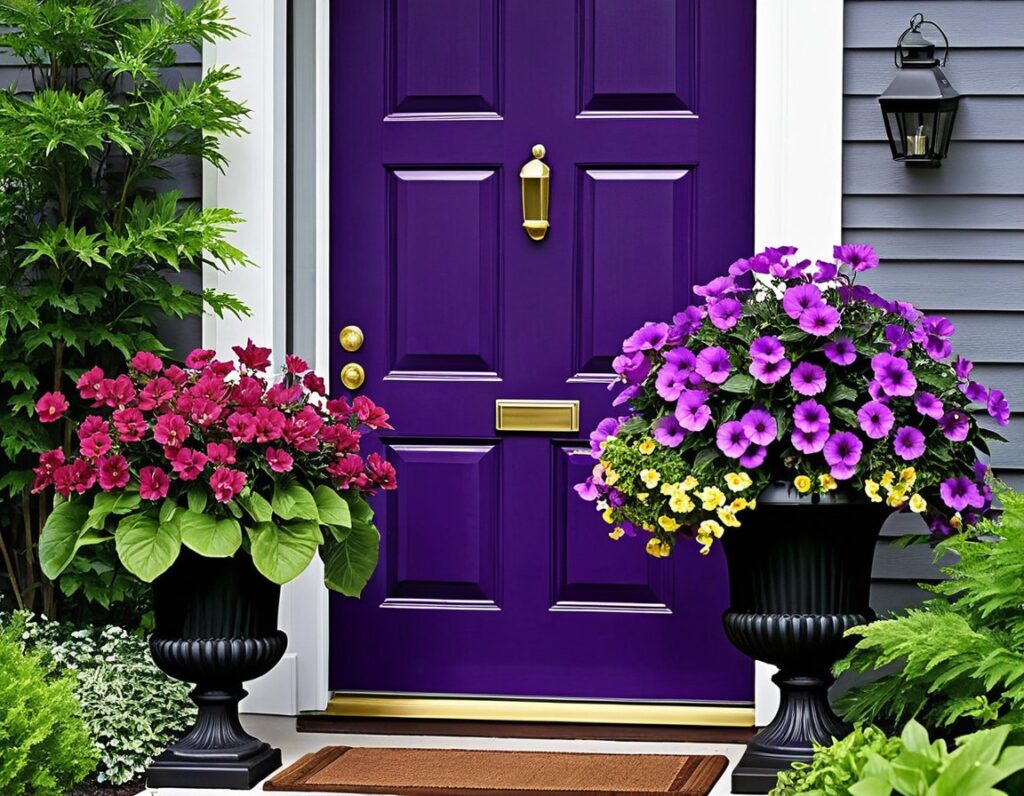
Enhancing the area around your front door with colorful containers can create a welcoming and vibrant entryway.
Choose containers and plants that complement each other and the overall aesthetic of your home. For instance, using containers in various shades of purple with purple-flowered plants can create a cohesive and striking look.
Brightly colored containers, like a bold blue pot, can add a fun and cheerful element. This strategy allows for personalization and creativity, making your home’s entrance both inviting and visually appealing.
10. Repurpose Containers For Plants

Repurposing old or unused items as plant containers is a creative and eco-friendly way to add character to your garden.
Items like old wheelbarrows, rain boots, or teacups can be transformed into unique planters, giving new life to objects that might otherwise be discarded.
This approach adds a whimsical and personal touch to your garden while promoting sustainability.
Repurposed containers can serve as conversation pieces and enhance the overall charm and individuality of your outdoor space.
Conclusion
Container gardening offers a versatile and accessible way to enhance your outdoor space, regardless of its size. From adding height and color to growing edibles and attracting pollinators, the possibilities are endless.
By selecting the right plants and containers, you can create beautiful, functional, and low-maintenance gardens that reflect your style and meet your needs. We hope these ten container garden ideas inspire you to explore the potential of container gardening and bring new life to your garden. Happy planting!

